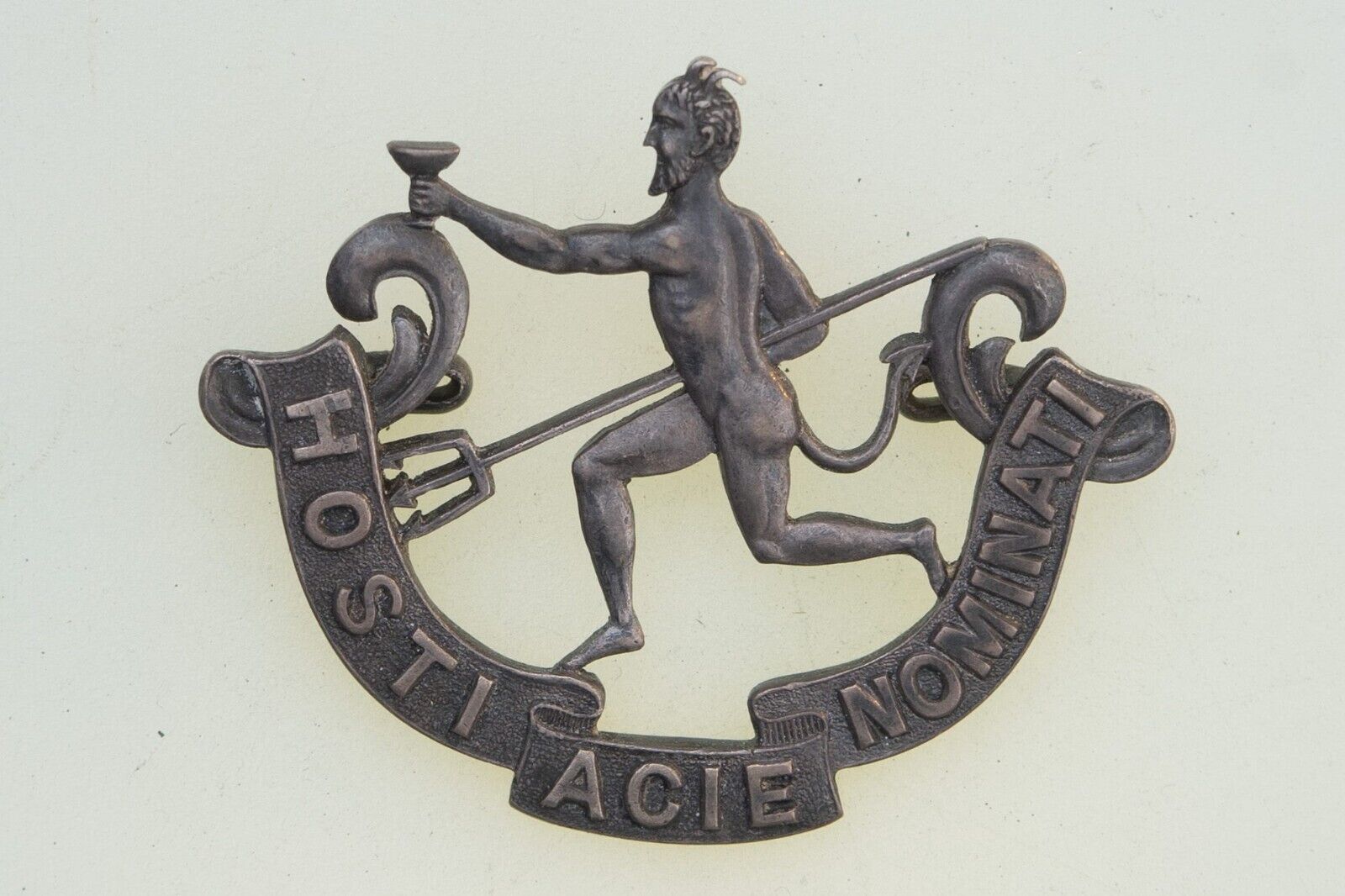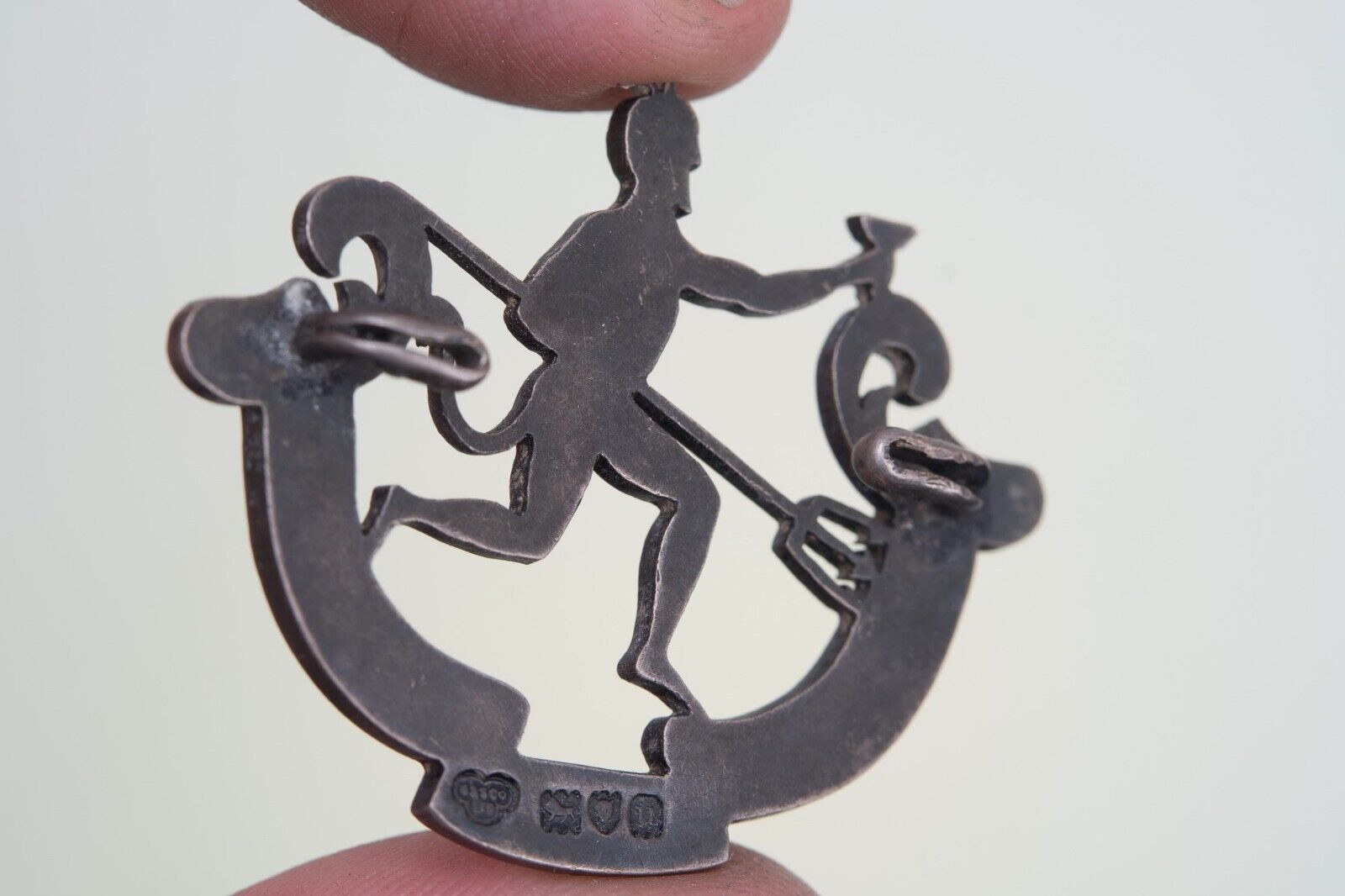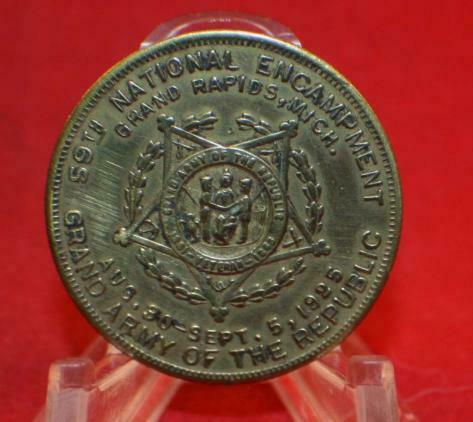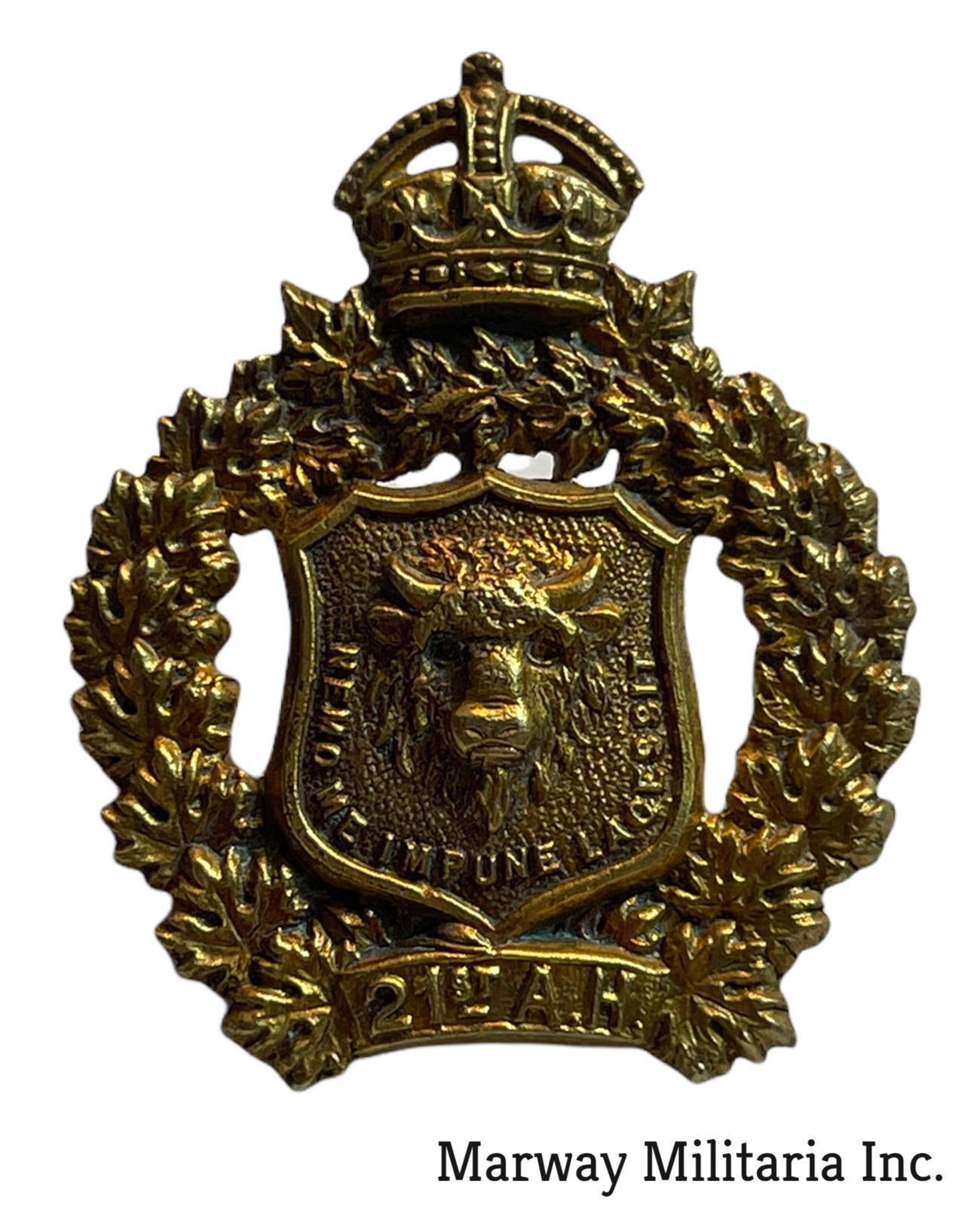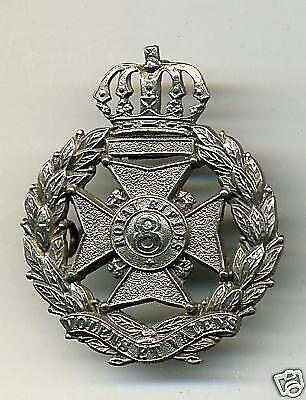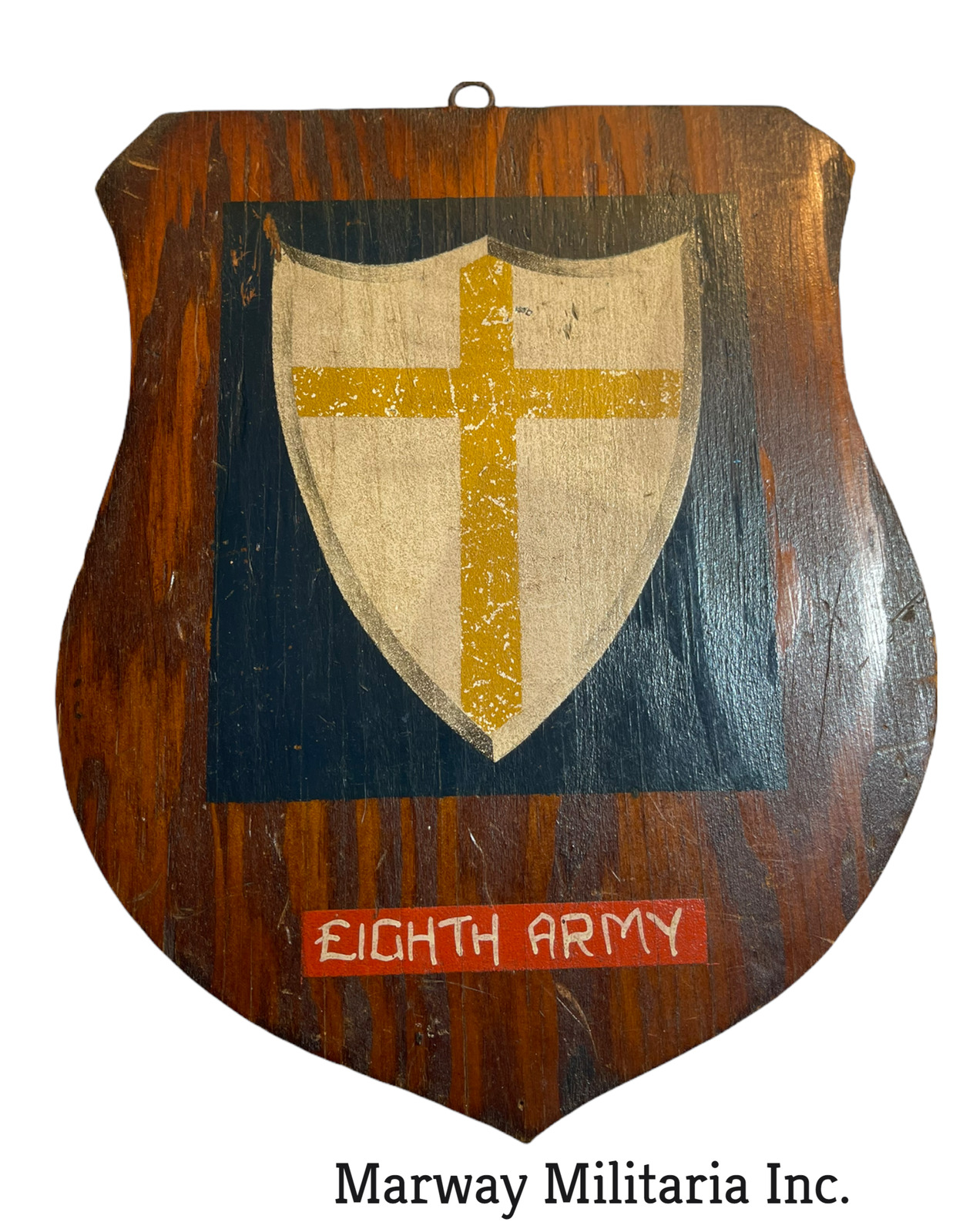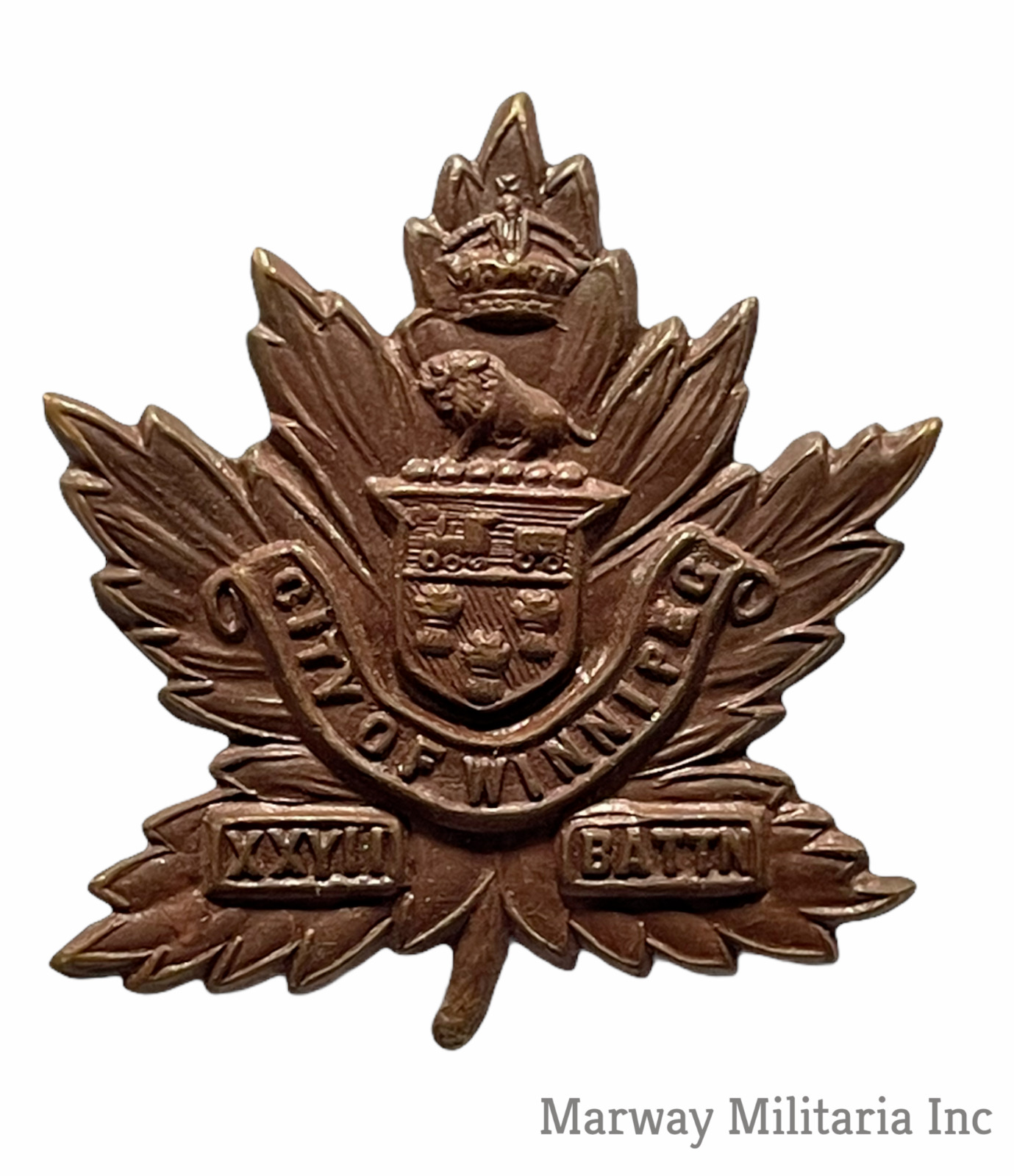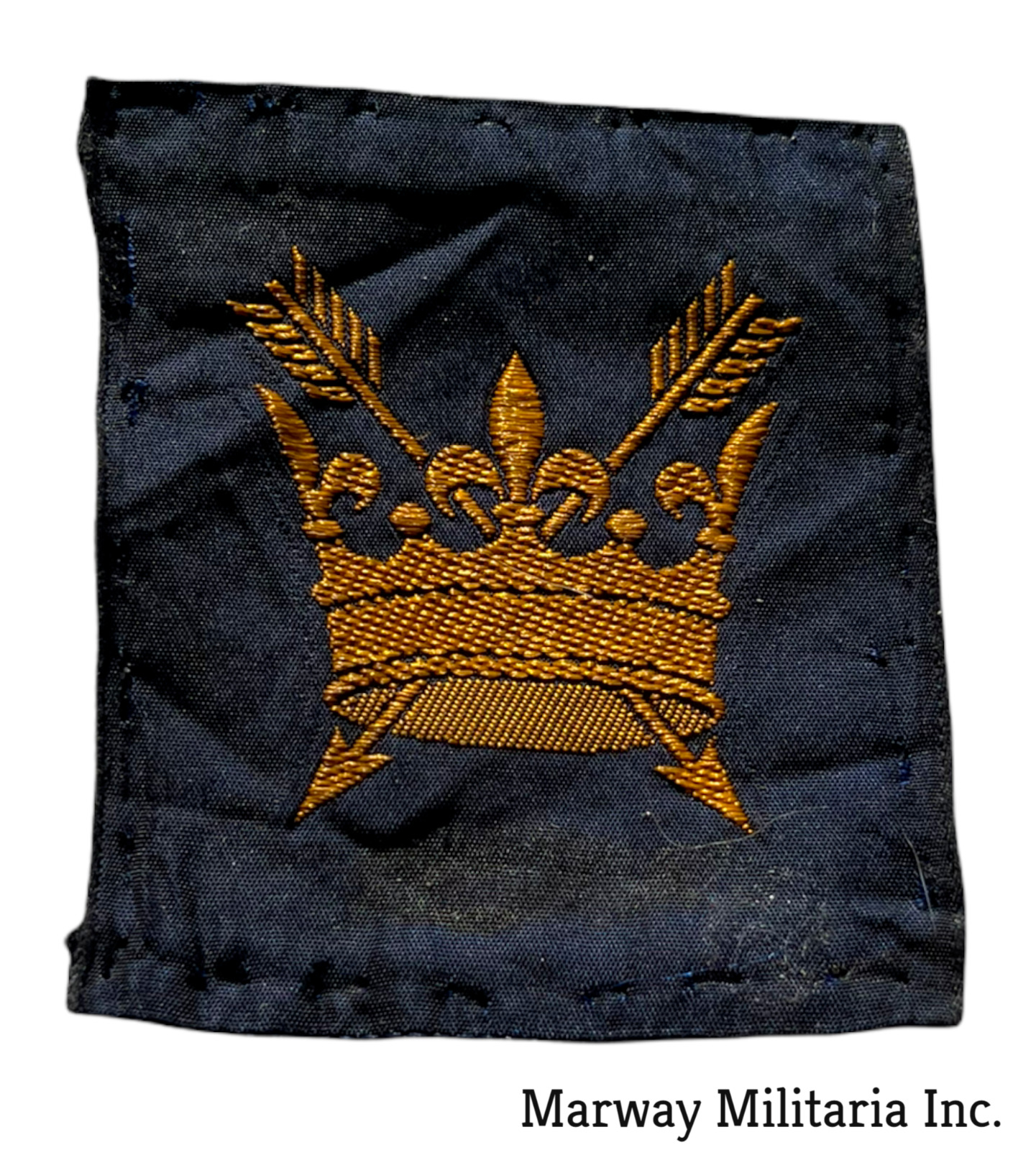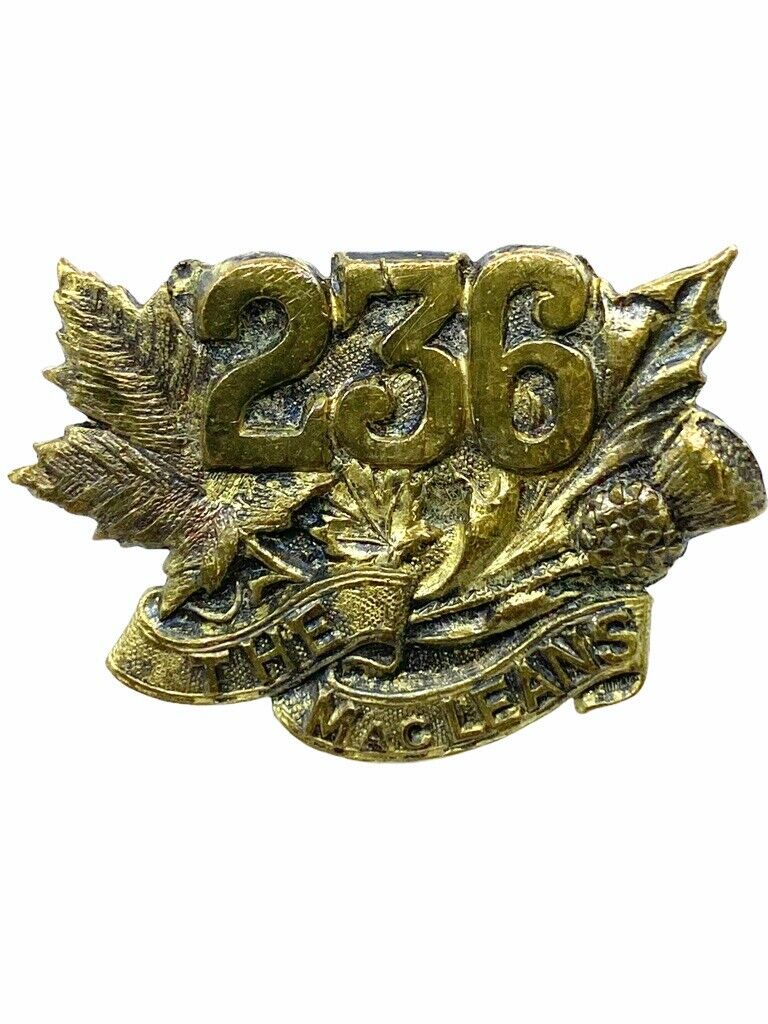-40%
SILVER officer's CAP BADGE 8th Battalion 90th Winnipeg Rifles CEF **Dated 1915**
$ 70.83
- Description
- Size Guide
Description
The 8th Battalion (90th Winnipeg Rifles) CEF‘The Little Black Devils of Canada’
SOLID SILVER
officer's CAP BADGE
Hallmarked and DATED London-made 1915
The
8th Battalion (90th Winnipeg Rifles), CEF
, also known by the nickname
‘The Little Black Devils of Canada’
was an
infantry
battalion
of the
Canadian Expeditionary Force
during the
Great War
. The battalion was authorized on 10 August 1914 and embarked for Great Britain on 1 October 1914. It disembarked in France on 13 February 1915, where it fought as part of the 2nd Infantry Brigade,
1st Canadian Division
in France and Flanders until the end of the war. The battalion was disbanded on 15 September 1920
History
The 8th Battalion was mobilized at Valcartier, Quebec on 24 September 1914 and was initially commanded by Lieutenant-Colonel Louis James Lipsett. The battalion incorporated the 90th Regiment "Winnipeg Rifles" which had a history dating back to 1883, elements of the 96th Lake Superior Regiment as well as fresh recruits from Brandon and Winnipeg, Manitoba and Kenora and Port Arthur, Ontario and was assigned the numeric designation as the 8th Battalion as part of a re-organization initiative of Minister of Militia and Defence Sam Hughes.
The 8th Battalion was attached to 2nd Infantry Brigade, 1st Canadian Division for the duration of the war and saw action in many the Canadian Corps' most famous and infamous battles including 2nd Ypres, the Somme, Vimy, Passchendaele, Amiens, Arras and Cambrai.
Three members of the 8th Battalion were awarded the Victoria Cross. Company Sergeant-Major Frederick William Hall was posthumously awarded the Victoria Cross for his actions on the night of 24 April 1915 during the Second Battle of Ypres. He was one of the three Great War Victoria Cross recipients who lived in the 700 block of Pine Street in Winnipeg, the others being Leo Clarke and Robert Shankland. In 1925, Pine Street was renamed Valour Road. Cpl. Alexander Picton Brereton and Cpl. Frederick George Coppins were both awarded the Victoria Cross for their actions on 9 August 1918 during the Battle of Amiens.
After the Armistice of 11 November 1918, the 8th Battalion (90th Winnipeg Rifles), CEF was re-designated as The Winnipeg Rifles on 12 March 1920 and are today perpetuated by The Royal Winnipeg Rifles
Nickname:
'The Little Black Devils of Canada’
The 8th Battalion was somewhat unique in Canada's Great War military in that it had a nickname.
They were also known as 'The Little Black Devils of Canada’ through its connection to it's ancestor unit, the 90th Regiment "Winnipeg Rifles" who had earned the moniker during the 1885 North-West Rebellion. During that conflict, government forces, clad in dark rifle green, almost black uniforms, combatted uprisings by the Métis people under Louis Riel and the Cree and Assiniboine of the District of Saskatchewan. This led to the Indigenous and Métis fighers referring to their opponents as 'little black devils', which the soldiers came to adopt as an ironic badge of honour.
The 90th Regiment adopted the nickname into their regimental insignia in which the central emblem is
a figure of a devil carrying a trident and a chalice
, and in their motto "Hosti acie nominati" which is Latin for
"named by the enemy force".
The 8th Battalion carried on the tradition, using the emblem as their cap badge.
